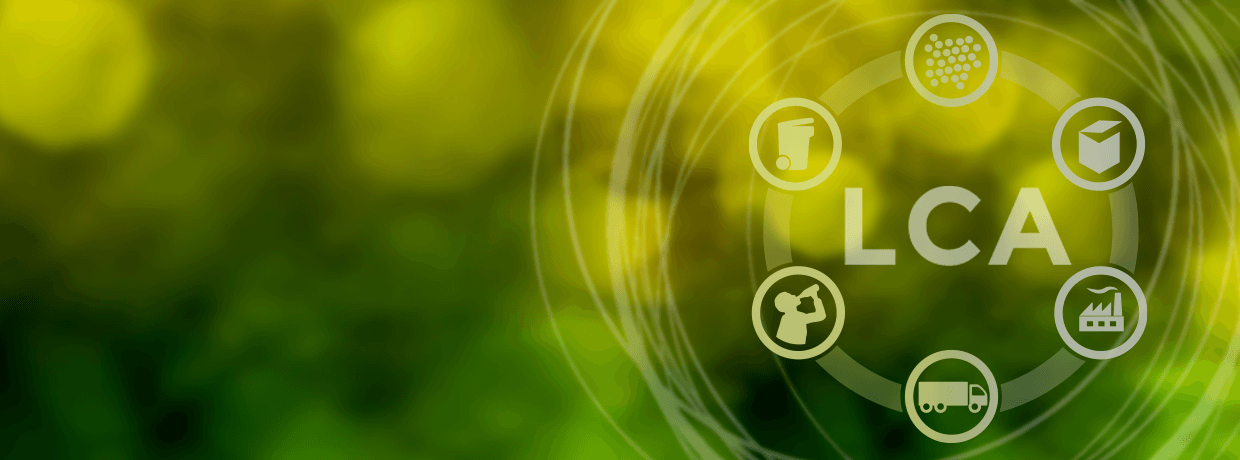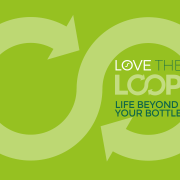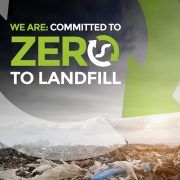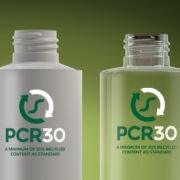When considering which materials we should use for our packaging, albeit plastics, glass, aluminium or paper, we’re often told that one is environmentally better than the other. Yet how do we know for sure, and who do we trust to verify such claims. More importantly, how do we measure its true environmental impact if we sometimes only consider individual aspects of its entire lifecycle?
Plastics are an excellent example of this. Many of us have grown familiar with images of discarded plastic items washed up on beaches, but do such pictures tell the whole story or do the emotional portrayals presented by the media cloud our judgement?
For instance, should we outlaw plastics because of irresponsible end-of-life waste practices or banish glass or aluminium because of the vast amounts of energy they take to produce or dismiss paper because of high deforestation or landfill use? It’s often too simplistic to focus on an individual materials shortcomings when they are easily visible to the consumer, such as marine litter, yet ignore energy-intensive extraction or production practices because they go unseen or unreported?
Cherry-picking individual negatives are often unhelpful and, in many cases, misleading because it means we are not presented with the full facts we need to make informed decisions about what materials we should choose over others.
Removing emotion from the debate is difficult when misinformation has already formed preconceived ideas that ignore the evidence. However, adopting a clinical, scientific approach is often the only way to arrive at accurate factual data.
So the question is, where do we go to gain such unbiased, impartial and wholly scientific evidence?
Luckily, there are mechanisms available that can take a scientific approach to measure environmental impact, from the cradle to the grave. Such mechanisms are commonly known as a Life Cycle Assessment or a Life Cycle Analysis (LCA).
So what exactly is an LCA?
An LCA provides a framework for measuring the impact of a product such as a plastic bottle, glass jar, or aluminium can – from its core material extraction to its end-of-life, analysing the environmental impact of each individual stage.
LCA’s can provide a range of benefits for businesses, from simply meeting regulatory compliance to measuring whether their product’s emissions are as low as possible.
However, to carry out an LCA, we must first define what that life cycle constitutes. For instance, what are the key stages we need to consider when analysing a product’s entire lifecycle?
A complete LCA typically considers the following critical stages of a product’s lifecycle. It will examine ingredients supply, packaging, manufacturing, distribution and storage, consumer life, and end-of-life.
With these key stages in mind, let’s look at them in a little more detail.
It’s important to realise that all raw materials come from the Earth’s crust, atmosphere, oceans, or living organisms. With this in mind, whether we are using up limited resources, such as ores and crude oil or damaging habitats through quarrying, mining or tree-felling, the extraction of all raw materials will directly impact the environment in some way or another.
An LCA will also carefully consider the manufacturing process of a product, from the use of land for factories to the production of polluting waste that may emit into waterways or the atmosphere. Indeed, each individual manufacturer’s measures will often differ from the other, which will almost certainly impact the final analysis.
How products are packaged can also impact the environment. For instance, the weight and design of the packaging are important and the materials it is made from. For example, a box made from recycled and recyclable stock will have less impact than a box made from conventional materials.
Similarly, transporting both the final product and the raw materials required to make that product invariably require energy. Pollutant levels released into the atmosphere will vary according to the length of the journeys undertaken to deliver the products or materials. Additionally, the type of transport used also needs consideration, whether by air, road, rail or sea.
A product’s environmental impact during its use will always be dependent on the type of product. For instance, some products may have a minimal effect unless they need to be occasionally repaired or cleaned, such as wooden furniture. Other products, such as cars or domestic goods, will have a significantly higher environmental impact during their usage lifecycle. The period a product is in use can also have an impact. That is, a single-use item will be more detrimental to the environment than a product that lasts for several years.
Disposal is often seen as the only indicator of a product’s environmental worth because it is visible. Still, as we have already seen, it would be misleading only to consider this final stage.
Currently, much of the waste we dispose of goes to landfills. However, disposal methods such as incineration can burn waste and harvest the energy to generate power. Similarly, in many cases, we can also recycle products to go on to enjoy another life. We can repurpose these products into either an exact new product or a different product altogether. All of these factors are considered in an LCA.
Although all of the above individual stages play a crucial role in determining an LCA, it’s important to stress that they all need to be viewed as a whole to ascertain the total footprint of that product. It’s only then we can really make changes that add value.
As more consumers become environmentally aware, this rounded view of all aspects, whether made from plastic, glass, metal or wood, can only help drive informed choices. Otherwise, we will continue only to see one side of the story.
LCA’s also provide detailed information on their impacts from a brand or manufacturer perspective to establish key improvements. Indeed, minor adjustments made to each of the stages can significantly impact the final analysis. With such information at their disposal, brands and manufacturers can be empowered to further improve their practices or processes, which can only benefit the environment.






